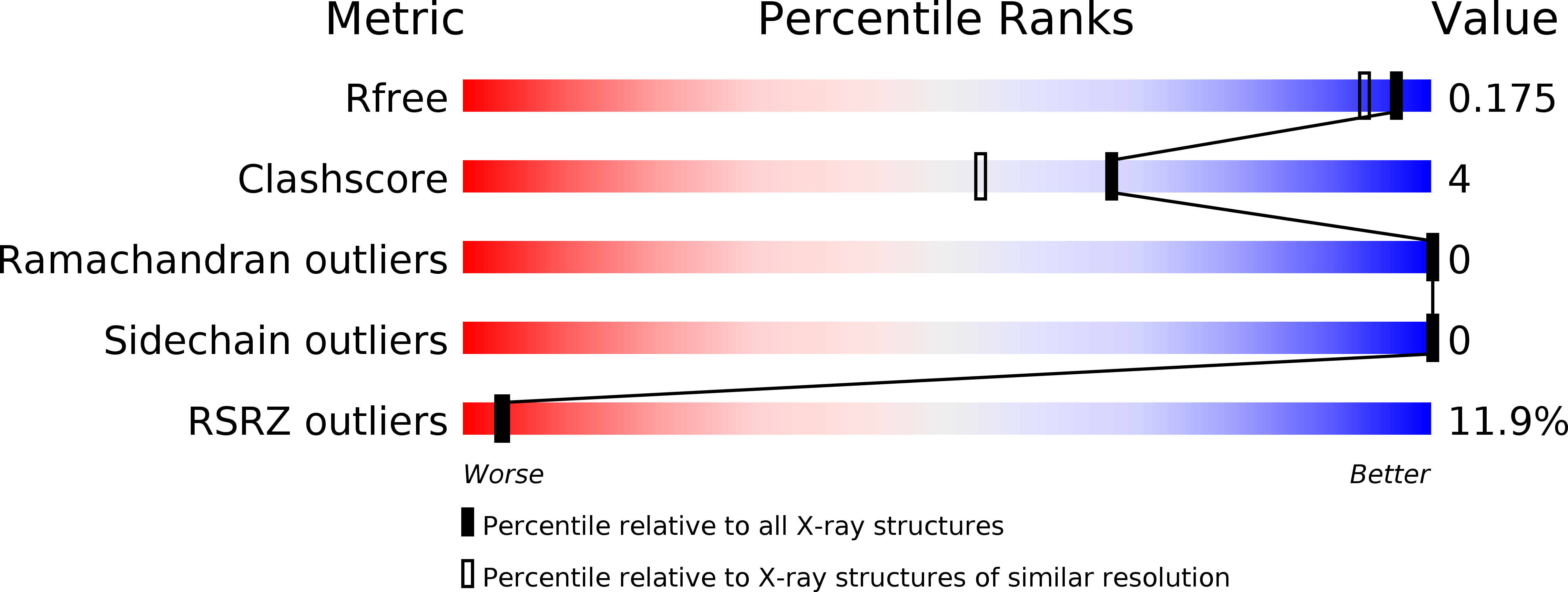
Deposition Date
2015-01-23
Release Date
2015-09-16
Last Version Date
2023-11-08
Entry Detail
PDB ID:
4XTB
Keywords:
Title:
Crystal structure of the N-terminal domain of the human mitochondrial calcium uniporter
Biological Source:
Source Organism:
Homo sapiens (Taxon ID: 9606)
Host Organism:
Method Details:
Experimental Method:
Resolution:
1.50 Å
R-Value Free:
0.17
R-Value Work:
0.13
R-Value Observed:
0.14
Space Group:
P 65


